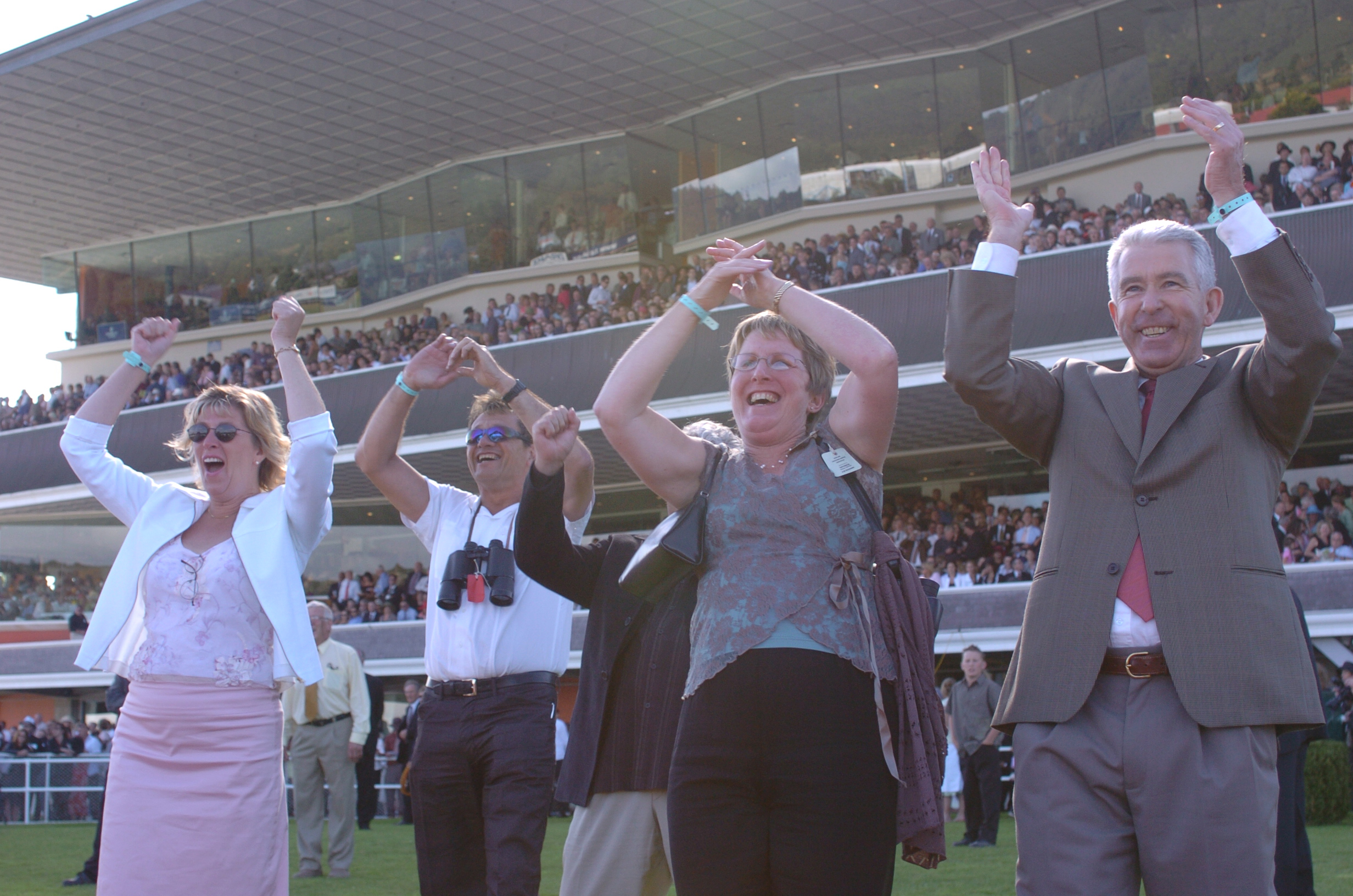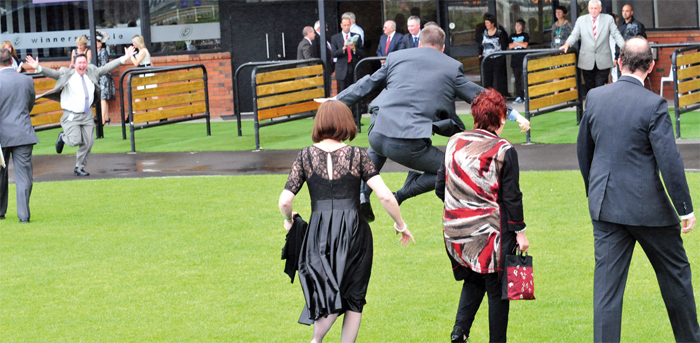Race day
A day or evening at the races is great fun and the perfect opportunity to get together and do something a bit different with family, friends or colleagues. Plus, other than at the major meetings, entry is usually free! Win or lose, one of the main attractions of owning a racehorse is to be on course to watch your horse compete. From nomination stage, to checking out the opposition, track conditions and the TAB odds, anticipation and excitement builds as race day rolls around.
Before race day
As an owner, you will receive an email before race day from the racing club where your horse is running. This will tell you about the owner’s privileges available on the day, such as complimentary tickets, facilities and any pre- and post-race hospitality.
Your trainer will also update you on how your horse is progressing in preparation for its race.
On-course ownership privileges
Racing clubs will generally provide owners with access to special areas on race day. The facilities differ from club to club, as does the dress code. The race day letter from each club and their websites will let you know the appropriate dress code for each area.
What to wear
Generally, there is no dress code at the races in New Zealand, although racegoers dress up with suits and hats aplenty at some of the major festivals. If your horse races at one of the major carnivals, such as Auckland Cup week at Ellerslie, or Cup and Show week in Christchurch, it’s your chance to dress to impress. But you can have just as much fun going casual at one of the country club meetings.
Premier Days
This is where you really get to strut your stuff. Women wear beautiful dresses in eye-catching colours. Go wild with fascinators and stylish hats, and wear shoes, wedges and pumps that will take you from day to night. At these events, men should wear a suit, tailored shirt and tie with quality footwear.
Industry days
More relaxed than Group 1 races, men tend to wear stylish collared shirts, dress pants, casual tailored jackets or blazers and quality footwear. Women’s attire usually consists of floral or summery dresses, teamed with pretty cardigans or cropped jackets, wide brimmed hats, wedges or dressy sandals.
Trials and sales
Think of the classic, English, smart casual look - well groomed but versatile. For both men and women, expect R.M. Williams boots or similar, quality chinos or tailored trousers, collared shirts, and merino sweaters.
What to expect on the day
On average, there are about 10 races at each race meeting, with the first one starting at 12pm and half an hour between each race.
Before the start of the race, you may have the opportunity to meet the jockey with your trainer to discuss your horse’s chances, as well as possible riding tactics. After the race, your trainer will speak to the jockey and review how the horse performed. The trainer will then pass this information on to you, and you can make plans for the future. If your horse has won, you will probably be too excited to worry about anything else!
What happens if you win
If it is a big race day, you will get invited into the parade area to have a photo taken with your horse and the prize rug or flower sash. The strapper will then take the horse back to stabling area and you will be invited into the winners’ circle/winners’ lounge with all of the connections of the horse.
Most clubs will provide you with a sandwich and a drink and the race sponsor will often give a speech and congratulate the winners. Depending on the type of day, the winner may also be presented with a bottle of wine and a photo of the horse crossing the line.
In the winners’ room the race will usually be repeated on screen so you can watch the winning moment over and over again.
When the next race starts, the room will be cleared in preparation for the winners of the next race.



